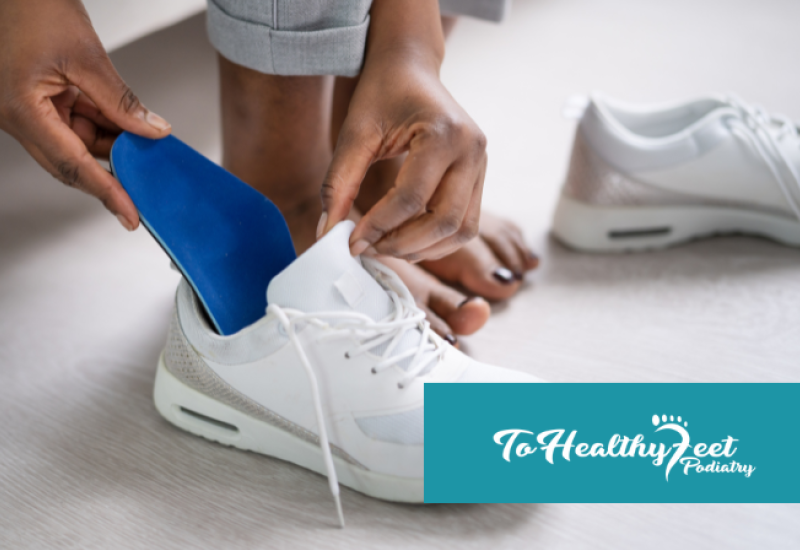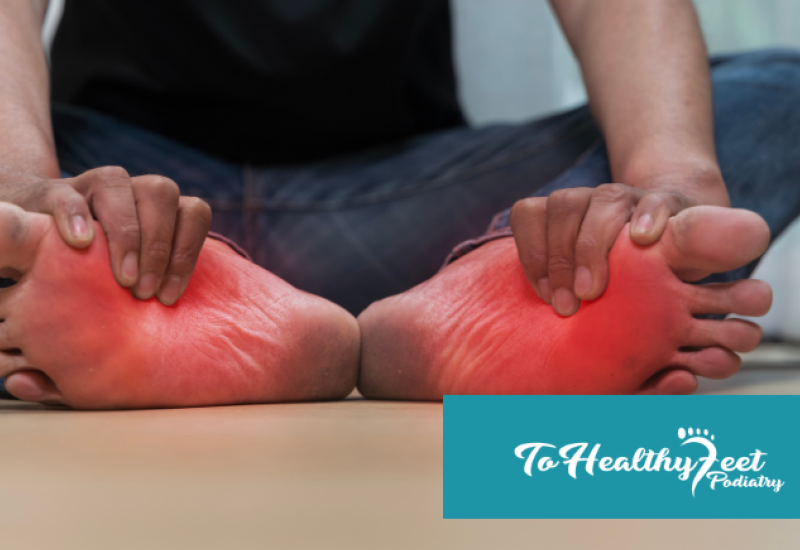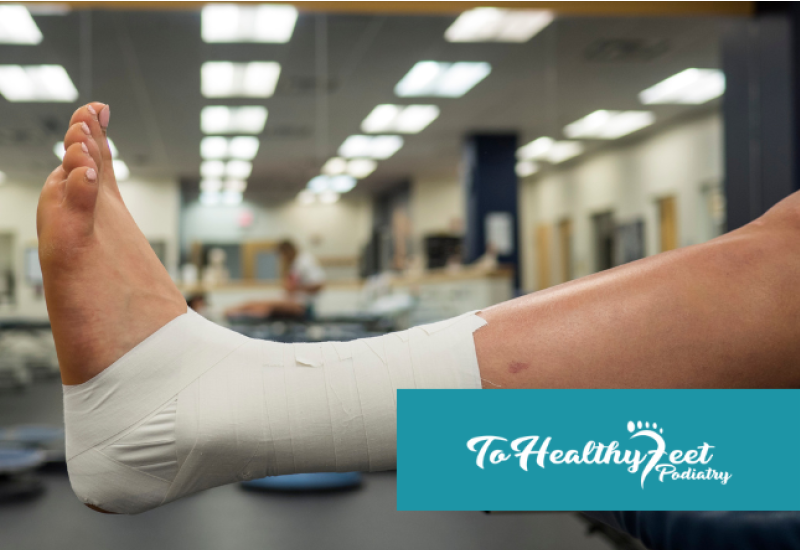Hammertoe: Unraveling The Mystery Behind A Common Foot Deformity
Our feet are marvels of engineering, enabling us to stand, walk, and run. However, when certain conditions develop, they can disrupt the balanced structure of our feet and cause discomfort. One such condition is hammertoe. Despite its peculiar name, hammertoe is a prevalent foot deformity that affects the alignment of the toes. Let's explore what hammertoe is, what causes it, and how it can be treated.
What Is Hammertoe?
Hammertoe is a condition that occurs when one or more toes become bent in an abnormal position, resembling a hammer or a claw. The deformity typically affects the second, third, or fourth toe, causing it to bend at the middle joint, resembling an upside-down "V" shape. Over time, the affected toe may become rigid, making it difficult to straighten or lay flat.
Causes Of Hammertoe:
Hammertoe can be caused by various factors, including:
- Muscle imbalance: When the muscles in the toes become imbalanced, it can lead to a hammertoe deformity. Weak muscles and tendons may fail to hold the toe in its correct position, causing it to bend.
- Improper footwear: Wearing ill-fitting shoes that are too tight or have high heels can increase the risk of developing hammertoe. Such shoes squeeze the toes together, forcing them into an unnatural position over time.
- Genetics: Some individuals may have a genetic predisposition to hammertoe, making them more susceptible to the condition.
- Arthritis: Certain types of arthritis, such as rheumatoid arthritis, can contribute to the development of hammertoe.
Symptoms Of Hammertoe:
Hammertoe can cause a range of symptoms, including:
- Toe deformity: The affected toe(s) will exhibit an abnormal bend at the middle joint, giving it a hammer or claw-like appearance.
- Pain and discomfort: Hammertoe can cause pain and discomfort, especially when walking or wearing shoes that don't provide adequate room for the deformed toe.
- Corns and calluses: The bent toe may rub against footwear, leading to the formation of corns and calluses on the top or bottom of the affected toe.
- Limited flexibility: Over time, the affected toe may become stiff and lose its flexibility, making it difficult to straighten.
Treatment Options For Hammertoe:
Fortunately, there are several treatment options available for hammertoe:
- Footwear modifications: Wearing good quality shoes with a roomy toe box and low heels can help alleviate the symptoms of hammertoe. Avoiding narrow or pointy-toed shoes can also prevent further progression of the deformity.
- Orthotic devices: Custom-made shoe inserts or custom orthotics can help reposition the toes and relieve pressure on the affected area, reducing pain and discomfort.
- Physical therapy: Specific exercises and stretches can strengthen the muscles and tendons, improving toe alignment and flexibility.
- Medications: Over-the-counter pain relievers, such as ibuprofen or acetaminophen, can help manage the pain associated with hammertoe. In some cases, corticosteroid injections may be recommended to reduce inflammation and alleviate symptoms.
- Splinting or taping: Your healthcare provider may suggest using splints or adhesive tape to hold the affected toe in a straighter position. This can help prevent further deformity and reduce discomfort.
- Surgery: If conservative measures fail to provide relief, or if the hammertoe is severe and causing significant pain and functional limitations, hammertoe surgery may be recommended. Surgical procedures for hammertoe aim to realign the toe, correct the deformity, and restore normal function.
It's important to consult with a podiatrist if you suspect you have hammertoe. They can evaluate your condition, provide an accurate diagnosis, and recommend the most appropriate treatment plan based on the severity of your hammertoe and your individual circumstances.
Relieve The Pain Of Hammertoe With Your Manhattan Podiatrist
Hammertoe is a common foot deformity characterized by the abnormal bending of one or more toes. It can cause pain, discomfort, and difficulty in wearing certain shoes. However, with the right treatment approach, hammertoe can be effectively managed, allowing individuals to find relief and regain foot functionality. Remember, prevention is key. Choosing comfortable, properly fitting shoes, maintaining a healthy weight, and practicing foot exercises and stretches can help reduce the risk of developing hammertoe. Regular foot care and paying attention to any changes in toe alignment are essential for early detection and intervention. If you suspect you may have hammertoe or are experiencing any foot-related concerns, don't hesitate to seek the advice of your podiatrist. Your feet carry you through life, so it's important to prioritize your well-being and ensure you receive the care you need for optimal foot health.
The team of foot doctors at To Healthy Feet in Manhattan can expertly assess all types of foot conditions and develop a personalized treatment strategy based on the severity of your symptoms, your lifestyle, and your goals for treatment. We provide accurate diagnosis and comprehensive foot and ankle care and have the tools and technologies necessary to provide a variety of tailored treatment approaches including custom orthotics, regenerative medicine, conservative interventions, and even minimally invasive surgery (when needed) at each of our Manhattan Podiatry Clinics. If you are experiencing pain due to a hammertoe deformity or any other foot or ankle condition pain, call To Healthy Feet Podiatry at 1-917-398-3668 or fill out the contact form to book your appointment at our Upper East Side, Times Square, Midtown Grand Central, or Downtown Manhattan locations today.
FAQ
Q: What is the difference between a corn and a hammertoe?
A: A hammer toe is when the toe is contracted at the joint causing the toe to not lay flat. A corn is more similar to a callus. While both can be painful, a corn is a soft tissue problem whereas a hammer toe is bony.
Q: What is a high toe box shoe?
A: The front of a shoe where your toes are is referred to as a toe box. In some shoes they are quite low, meaning the fabric is tightly in contact with the toes. In high toe box shoes, the top cover of the shoe at the toe is tall enough that the toes do not come in contact with the shoe and this allows room for the hammer toe so that it does not rub.
Q: How long does hammertoe surgery take?
A: Depending on the complexity of the procedure and whether a patient opts for local or general anesthetic, hammertoe surgery can take between 45 minutes and 3 hours. It is typically performed as outpatient surgery, so patients go home the same day.




